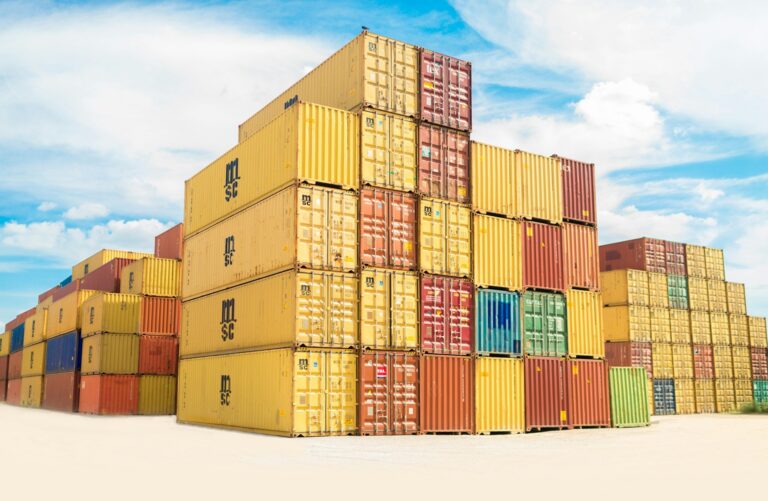How to Pack Fragile Items for Shipping
Packing fragile items for shipping requires extra care to ensure they arrive safely and undamaged. Proper packaging not only protects the item but also minimizes the risk of breakage or mishandling during transit. Here’s a step-by-step guide to packing fragile items securely for shipping:
1. Use the Right Box
- Choose a Sturdy, Corrugated Box: Ensure the box is made of strong, double-walled corrugated cardboard, which provides better protection than regular single-walled boxes.
- Box Size Matters: Select a box that fits your item snugly. Too much empty space can allow the item to shift during transit, leading to potential damage. However, the box should also be large enough to allow for cushioning material around the item.
2. Wrap Each Item Individually
- Bubble Wrap: Wrap fragile items, such as glassware, ceramics, electronics, or porcelain, in several layers of bubble wrap. The more layers, the better the protection.
- Packing Paper or Foam: For additional protection, wrap the item with crumpled packing paper or foam sheets before applying bubble wrap. This helps absorb shocks and prevent scratches.
- Padding for Oddly Shaped Items: Use foam peanuts or custom foam inserts to protect irregularly shaped or delicate objects.
3. Cushion the Bottom of the Box
- Create a Cushion Base: Before placing the wrapped item in the box, line the bottom with a layer of bubble wrap, foam peanuts, or crumpled packing paper. This layer helps absorb impacts from the bottom and prevents the item from touching the base of the box directly.
4. Place the Item in the Center of the Box
- Centering the Item: Place the wrapped fragile item in the center of the box, ensuring it’s not touching the sides or bottom of the box. The goal is to create a “floating” effect with padding on all sides.
- No Contact with Box Walls: Add extra cushioning (bubble wrap or foam peanuts) around the item to fill any voids and keep it from shifting.
5. Fill All Empty Spaces
- Use Padding to Fill Gaps: Once the item is securely placed in the box, fill all remaining gaps with packing peanuts, air pillows, or crumpled paper. Make sure there is no movement when you gently shake the box.
- Distribute Weight Evenly: Make sure the padding is even on all sides to provide balanced protection.
6. Seal the Box Securely
- Use High-Quality Tape: Seal the box securely with strong packing tape (preferably at least 2-3 inches wide). Apply multiple strips of tape along the seams and edges of the box to reinforce the package.
- Reinforce Corners and Edges: Fragile items are more likely to be damaged if they’re not properly reinforced, so make sure the corners and edges of the box are securely taped.
7. Mark the Box as Fragile
- Fragile Stickers: Clearly label the box with “FRAGILE” or “HANDLE WITH CARE” stickers. This signals to the carrier that extra attention is required, though keep in mind that this is not a guarantee that the box will be handled gently.
- Arrows: If appropriate, mark “This Side Up” arrows to indicate the proper orientation for the package.
8. Use Additional Protection for Very Fragile Items
- Double Box for Extra Protection: For extremely fragile or valuable items, consider double boxing. Place the item in a smaller box with adequate padding, then place that box inside a larger box with more cushioning material around it. This adds an extra layer of security against rough handling.
- Custom Inserts or Molded Foam: For high-value fragile items, custom foam inserts or molded packaging are ideal for providing perfect, snug protection.
9. Consider Shipping Insurance
- Protect High-Value Items: If you’re shipping expensive or sentimental fragile items, consider purchasing shipping insurance. This will cover the cost of damage or loss in transit, providing peace of mind.
- Check Carrier Insurance Options: Many shipping carriers offer basic insurance, but additional coverage may be required for high-value items.
10. Choose a Reliable Shipping Carrier
- Pick the Right Shipping Option: For fragile items, consider selecting a carrier that offers special handling services, such as “fragile” or “oversized” options. Some carriers provide specific services for handling delicate items more carefully.
- Track the Shipment: Use tracking to monitor the shipment’s progress and be alerted to any delays, as you may need to address any potential issues quickly.
By following these steps, you can significantly reduce the risk of damage during shipping and ensure that your fragile items reach their destination in one piece. Proper packing is a crucial aspect of shipping fragile goods, and a little extra effort in packaging can go a long way in customer satisfaction and successful deliveries.




faegr3
Txu fJackP RsOQCDAM